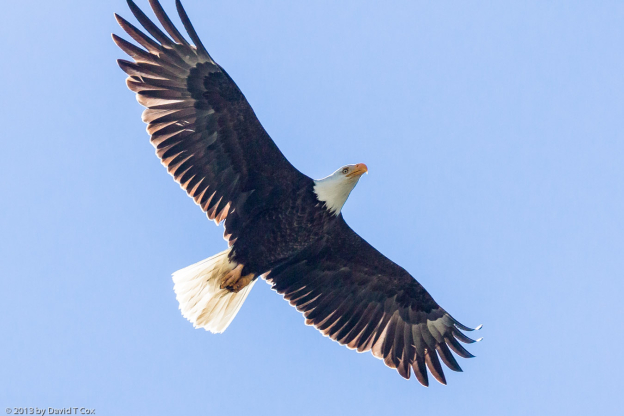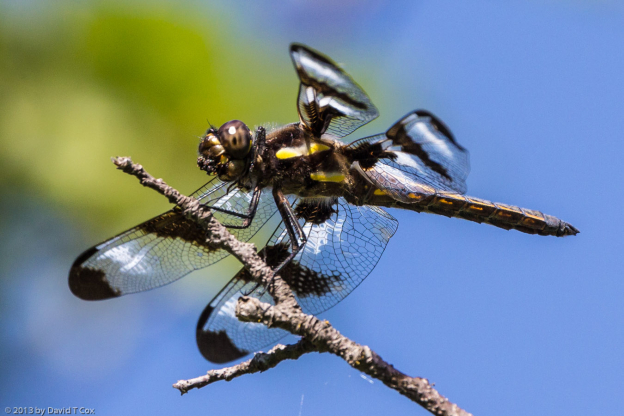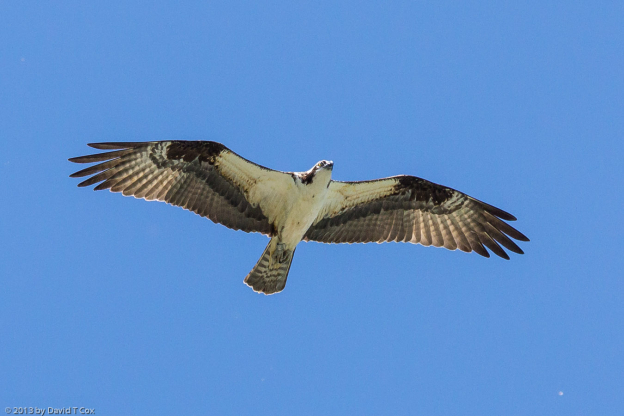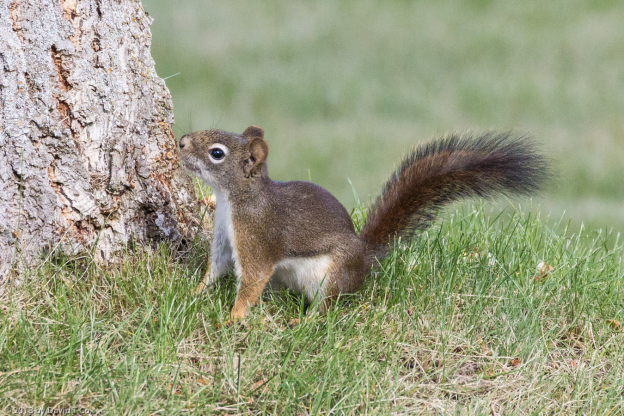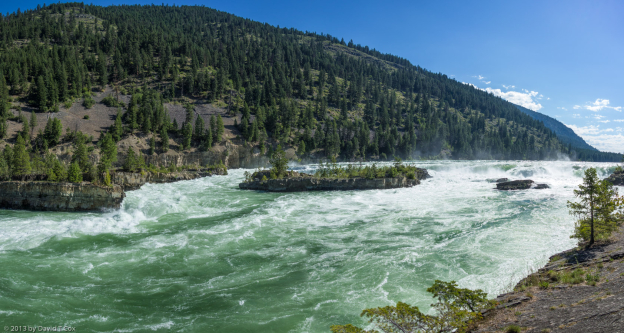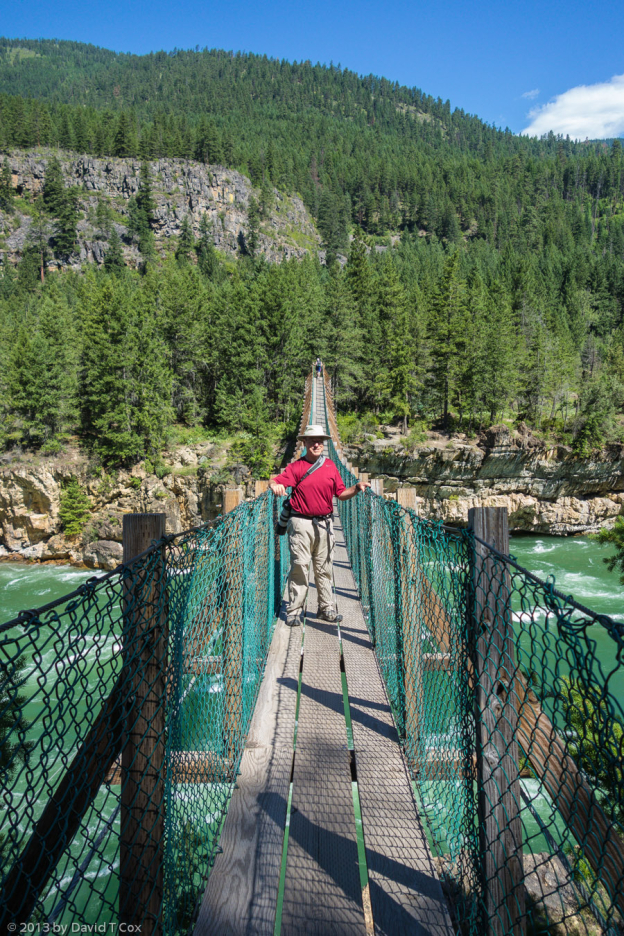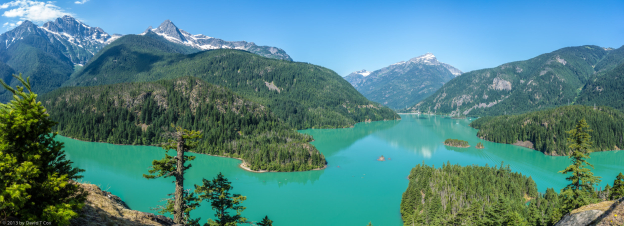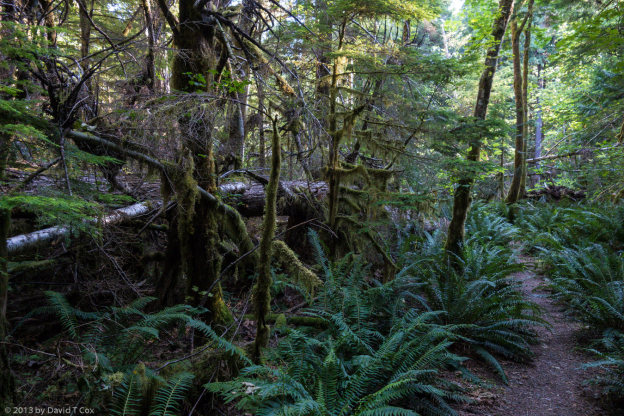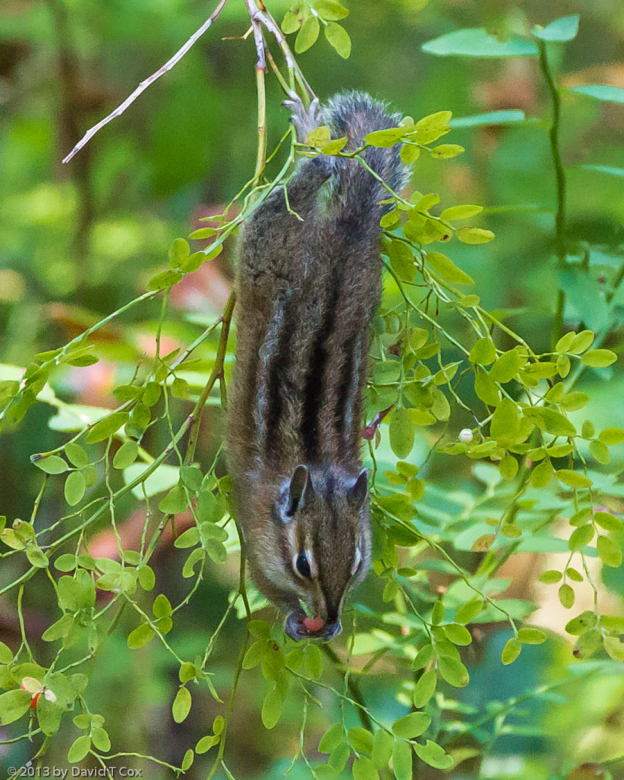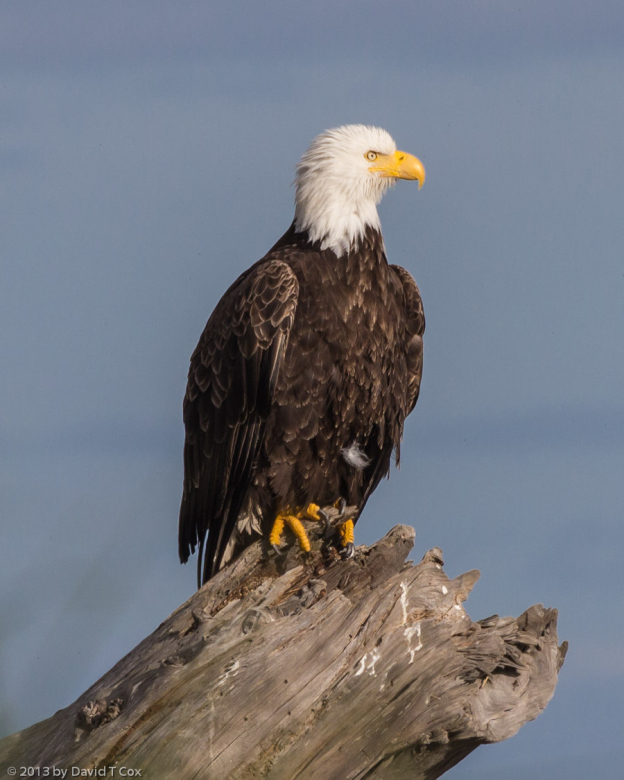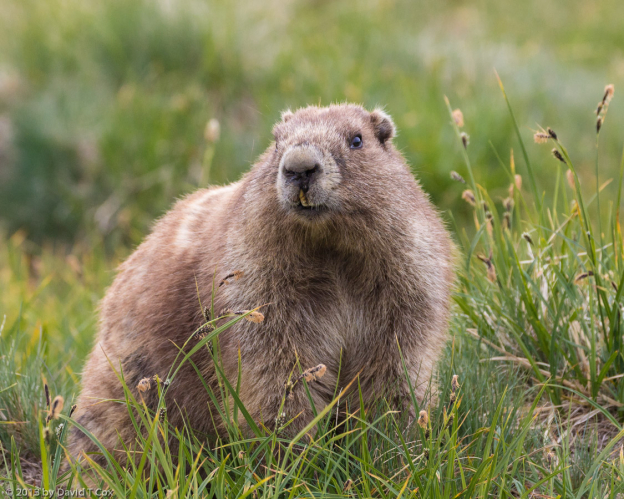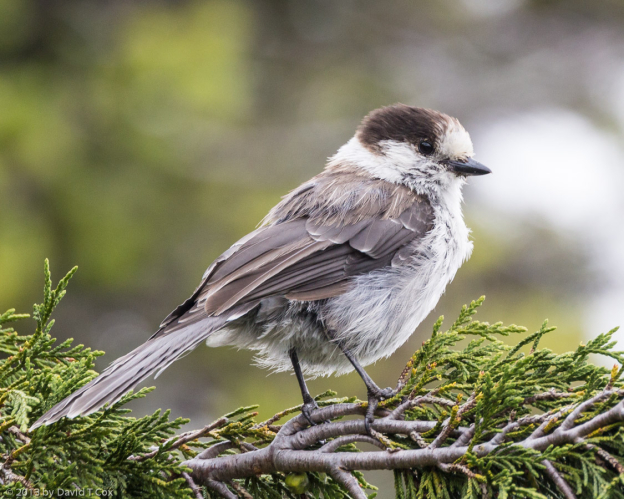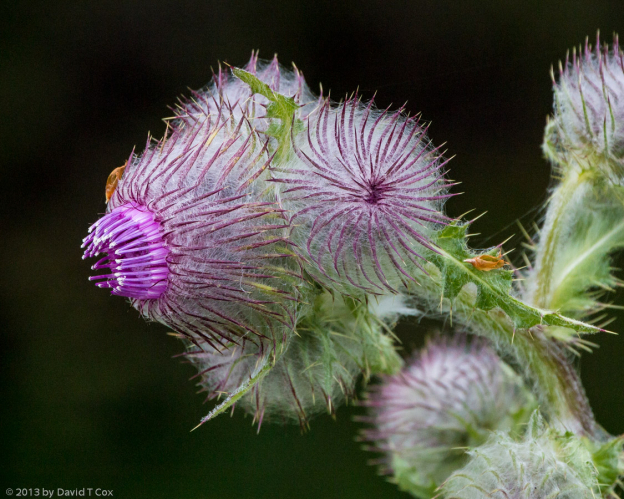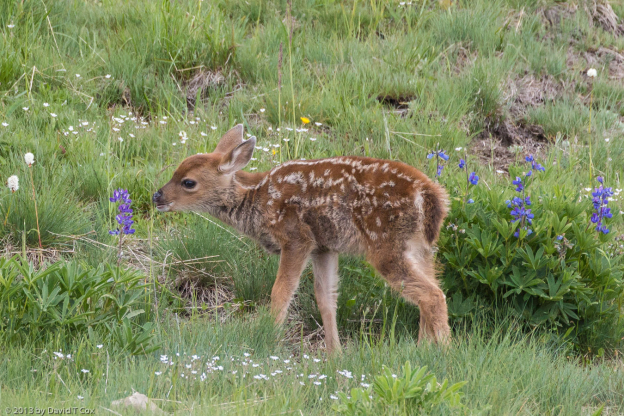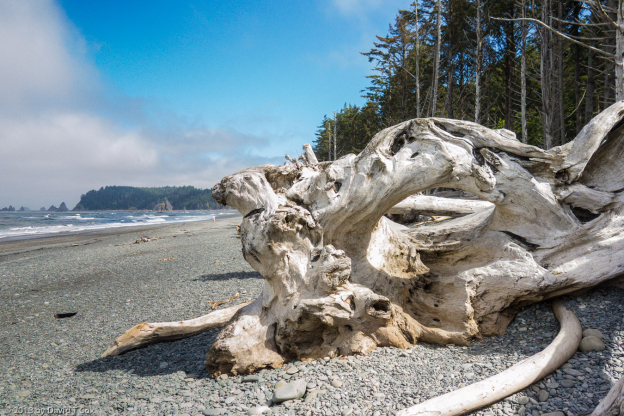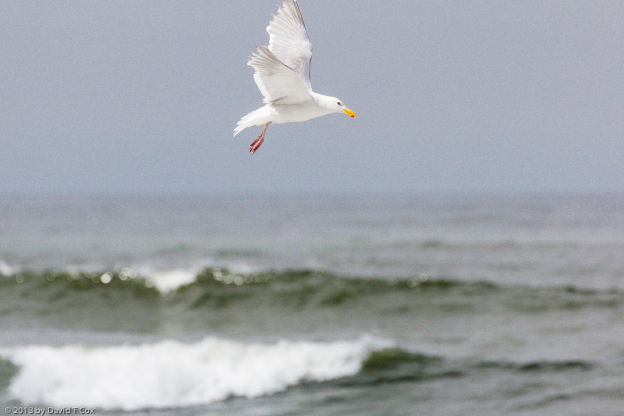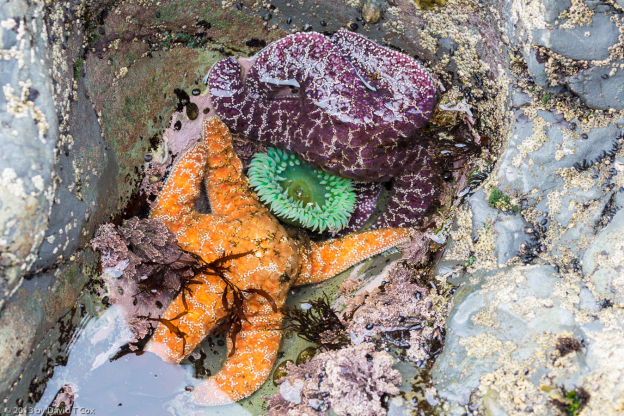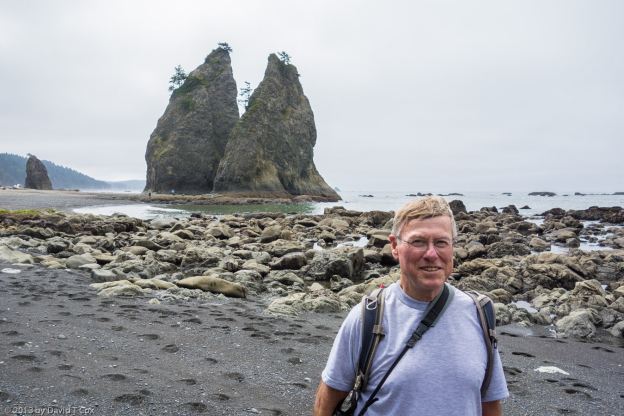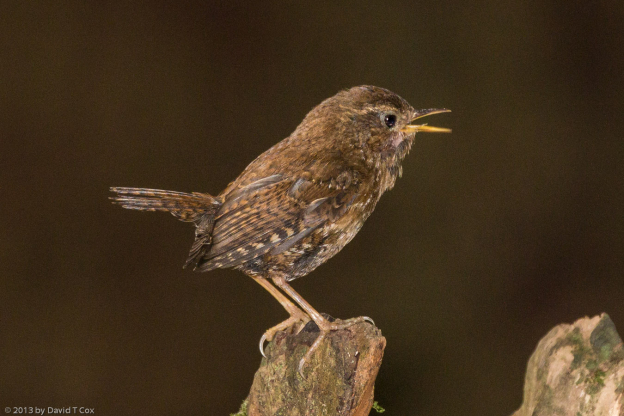All Photos Are Below the Travelogue Text
Click on Any Photo To Open Slide Show
To print the travelogue, right click anywhere on the page. Choose "Print" from your browser dialog box. You can choose Save to PDF in the browser print window.
Share your thoughts.
Email Dave - coxdavid55@hotmail.com
Hello everyone. I last wrote from Calgary over 2 weeks ago. I returned to Glacier NP for another couple of days, but could not find again my two young grizzly bears. I did spot a large grizzly, up on a mountain side, walk over to a long mound of snow and lie with its legs straddled over the snow bank as if enjoying cooling its belly. I drove around the southern edge of Glacier, following the late 19th century railroad line that finally found the low pass through the Rockies. On the southern tip of the park I visited Goat Lick, a salt lick used by the mountain goats which descend from the tree-line where they normally spend the summers; there were 3 goats at the lick.
I stayed in Kalispell, MT for a few days, driving the river banks and walking the tiny Sowerwine Natural Area for birds, without much luck; I did however photograph some very unusual dragonflies. From there I drove up to the small town of Libby in the Northwest corner of Montana. I found a lovely RV park in the pines, and the town sits on the edge of the beautiful Kootenai River. Upstream was the large hydroelectric Libby Dam; bald eagles and osprey nested and lived at the dam, attracted by not just the fish in the lake and river, but the fact that the dam spillway would occasionally chop up fish for an easy meal. Above the dam were a number of nesting pine siskin. Downstream from Libby is the beautiful, low, thundering Kootenai Falls and rapids, where it is possible to hike right to the edge of the falls, and to cross below the rapids on a long and shaky swinging bridge. On the way to the falls I was astonished to find a family of Guinea Fowl crossing the road; these large exotic birds are native to southern Africa, and I assume they were a feral group that had been imported and escaped some rancher.
Between Libby, Montana and Washington state lies the panhandle of Idaho, a long vertical spike that sticks up to the border of Canada, but is only about 50 miles across. I drove through Sandy, a tourist resort on dammed lakes, but it looked overdeveloped for my tastes. I continued on south through the panhandle and then west through Spokane at the Washington eastern border, and on to the Grand Coulee Dam, another hydroelectric dam. Washington east of the Cascade Mountains is very dry land, parts of it reminiscent of Nevada or western Arizona; this is particularly true of the Grand Coulee dam area, with its huge barren rocky cliffs. I did finally photograph my first California quail. At the dam I also again found nesting bald eagles and osprey.
From Grand Coulee I drove west up into the Cascades, through apple orchards, to the North Cascades National Park at the Canadian border of Washington. Interestingly, the National Park is comprised of only the wet western lowlands of the northern Cascade range, while the glacial mountain peaks and snowy passes are National Forest and Wilderness areas. But the western lowlands in the Park are the damp very dark deep pine forests, with moss covered fallen trees and ferns covering the ground. Throughout the western forests of Washington, the lighting under the canopy, even during full sunny days, is as dark as any equatorial rain forests I have visited. Wandering along the trails is at once exhilarating and a little eerily frightening, the pine needle ground cover muffling all sound, as one expects to encounter a black bear at any turn (sadly, I did not encounter any). I stayed in a Park camp near the Newhalem Center for several days, and hiked short deep forest trails, as well as traveling up to overlooks over the Diablo Lake area for spectacular vistas including high country glaciers. In the forests I found numbers of Stellar Jays and could hear the very unusual and mournful chords of the varied thrushes, but could never see them. The common rodents had changed from the red squirrels and least chipmunks of the Rockies to the Douglas squirrels and Townsend’s chipmunks of the Cascades. The Douglas squirrels have a much more pleasing bird-like scolding chatter-call than the dry rattle of the red squirrels.
I photographed a mountain goat right outside of Newhalem; it appeared stressed, and actually lost its footing on a 60 degree ledge over a small cliff, and spun and slid about 8 feet before catching itself (I captured part of it in photos). The Park rangers were astonished; none had ever seen a goat in the Park (the goats stay at around 6,000 feet, and the Park is all lowland), and one young ranger accompanied me to see the location. I provided them with copies of my pictures for their biologist. They told me the original meaning of the name for Newhalem was “goat’s snare”, and so assumed goats historically came to the area.
From the Cascades I drove down through Seattle and Tacoma around and back up to the Olympic Peninsula, most of which now is National Park and Wilderness area. There I visited for several days in Port Angeles with my gracious cousins Pam and Gene Moore, who live on the ocean with spectacular walks, views and bald eagles sitting right outside. We spent one day up on the Hurricane Ridge in the Olympic National Park, hiking the Hurricane Ridge Trail. Above tree line were endemic Olympic chipmunks and numbers of Olympic Marmots which, unlike other marmots which live under boulders, live in holes in the ground. We also saw snowshoe hares, dark-eyed juncos, grey jays and I finally saw my first varied thrush. Everywhere were black-tailed deer, the females almost all with the cutest spotted fawns.
I traveled over to Mora on the west coast of the National Park, where I camped for 2 days, walking through the lowland deep Olympic pine forests. Everywhere in the more open areas are wildflowers. I walked a short way up the coastline from Rialto Beach to “Hole in the Wall”, where low tide produces fabulous tide pools with various colorful starfish and anemone. The shore is misty and everywhere are what are called “sea stacks”, huge stone spires sticking up from the beach or as small islands close off-shore. Bald eagles flew constantly overhead with the seagulls and cormorants. The old growth forests extend right to the beach here, and as the rivers carry the gigantic dead logs into the sea, it pushes them back up onto the beach to form huge breaks of timber skeletons. Together it forms a most unusual coast, rugged and unlike any other I have seen. In the Olympic pine forests I finally saw chestnut-backed chickadees, fan-tailed pigeons and the very tiny but amazing winter wren. On the deep forest trails black bear scat was everywhere, but again I saw no bears.
I drove on Tuesday back to Seattle to spend an evening with 4 people with whom I grew up and went to boarding school in Kodaikanal in southern India. Each brought home-made Indian food, and we picked up more from Indian restaurants, and had way too big a feast of mostly south Indian dishes. What a fantastic delight to spend time with Laura, Margaret, Carol and Joel, all in my classes from grade school through high school. Our classmates (which include Ken whom I just visited in Calgary), though scattered across the globe, have stayed in touch for the intervening decades; in the 50s and 60s we spent 9 months of the year living in a boarding school far from our parents, and so in many ways we are extended family.
Yesterday I drove south from Seattle to Mount Rainier National Park; I currently am ensconced just outside the south-western entrance, trying to catch up on 2 ½ weeks of accumulated photos. Once I get caught up, I will explore the Park. I have not yet decided where I go next, but assume it will be down through Oregon and into northern California. I will again attach photos to the word document; it is not working well but I seem to have no options now. When I return to Tucson I may try to build a website for easier travelogue communication with photos. Later. David
To print the travelogue, right click anywhere on the page. Choose "Print" from your browser dialog box. You can choose Save to PDF in the browser print window.
Share your thoughts.
Email Dave - coxdavid55@hotmail.com
